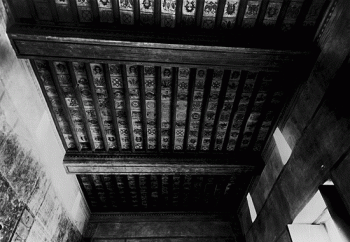American Journal of Archaeology | The Journal of the Archaeological Institute of America
You are here
Mapping Devotion in Roman Dura Europos: A Reconsideration of the Synagogue Ceiling
July 2010 (114.3)
Mapping Devotion in Roman Dura Europos: A Reconsideration of the Synagogue Ceiling
Archaeological remains of Dura Europos continue to inspire countless studies, partly because of the exemplary preservation of this city at the crossroads of the Hellenistic, Persian, and Roman worlds. The well-preserved synagogue from Dura similarly offers a unique example of a building whose form might have had parallels in Syria and other regions of the ancient Mediterranean. Yet in the decades since its discovery, scholars have emphasized the interior murals with biblical motifs as its most distinctive feature. The 234 decorated and inscribed tiles recovered from the synagogue ceiling, by contrast, have attracted little interest; painted surfaces of ceiling bricks were historically classified as incidental decorations more suitable for summary than analysis. This article gives renewed attention to the neglected ceiling of the Dura Europos synagogue. While consideration of the decorated surface remains important for its own sake, an evaluation of its context inspires novel hypotheses about space and use. Although the ceiling remains one of the most overlooked features of the Dura synagogue, a substantive reexamination shifts analyses of the synagogue building, broader considerations of art and culture in Roman Dura Europos, and discussions of Jewish localisms in the Graeco-Roman world.
Mapping Devotion in Roman Dura Europos: A Reconsideration of the Synagogue Ceiling
By Karen B. Stern
American Journal of Archaeology Vol. 114, No. 3 (July 2010), pp. 473–504
DOI: 10.3764/aja.114.3.473
© 2010 Archaeological Institute of America


